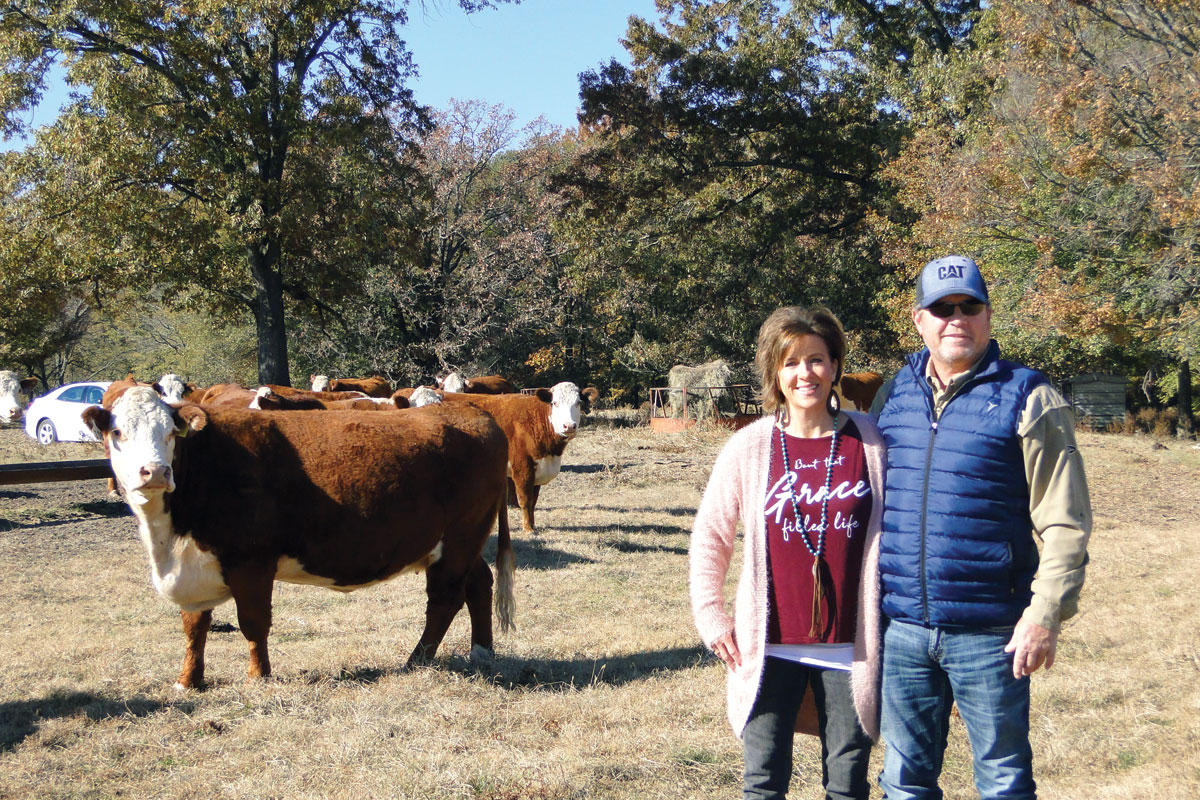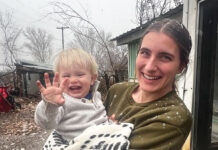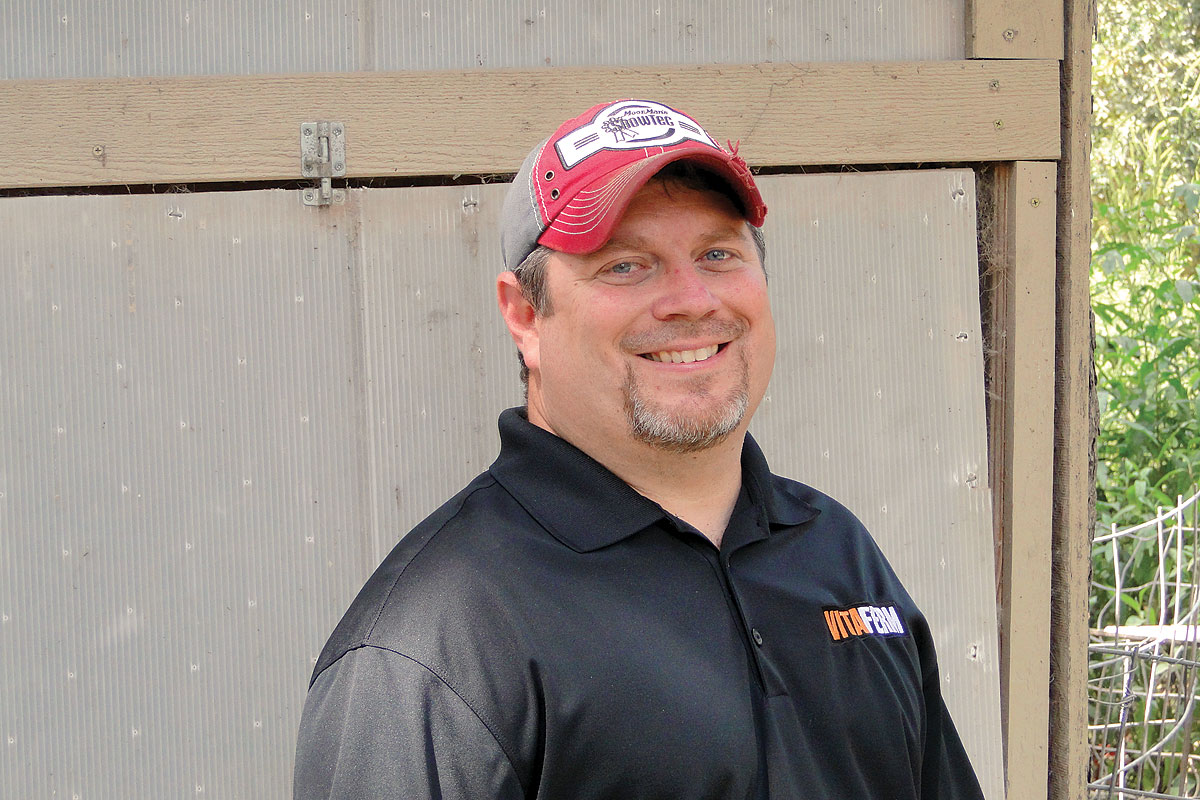
Robbie and Tracie Gipson found what works for the G4G Cattle Company
Robbie and Tracie Gipson live outside of Sallisaw, Okla., on the original 100-acre family home place. They also have an additional 310 acres just to the north and another 530 acres of leased land.
Though the land has been in the family only two generations, Robbie comes from a long line of cattlemen who strongly believed in caring for animals.
He remembers his father Bernie, who was born on Chapman & Barnard Ranch, always having rescue squirrels and opossums around, in addition to show animals. Another favorite memory is helping Grandpa Buck rope cattle so they could work them.
“Those cows didn’t like it much back then and would run for the trees and there wasn’t much to stop them,” Robbie said. “Sometimes the only way we could get the job done was to tie a cow to a tree. Fortunately, we now have better facilities right near our home and the cattle willingly enter our alleyway.”
Not surprisingly, roping competitions were an important part of Robbie’s life. In fact, the couple met at a rodeo .
Three months later and 29 years ago, they married. One of the favorite family stories is Robbie being tired after a rodeo and asking Tracie to drive. She was very reluctant believing she couldn’t pull the trailer in traffic.
“I told her you just drive the truck and the trailer will follow,” Robbie recalled with a laugh. “That was all she needed and she’s been doing it ever since.”
Robbie and Tracie have two sons. Logen is married to Jessika and has a son named Jensen Cole, while Landen is married to Abbey with a daughter named Willow Grace.
The grandchildren are less of than a month apart and only 7 and 8 months old. Robbie and Tracie are just beginning the wonderful role of being grandparents.
“One of my goals is to provide a Christian-based fun and hard-working atmosphere for my grandchildren so they will have experiences that we and our children have had,” Robbie said.
When Robbie was in his 30s and still in the feeder and stocker side of the cattle industry, he met a wise cow man who explained that every successful rancher has to find out what works for him. He added that thinking about what others are doing is pointless because every operation, every piece of land, and every opportunity is different. Robbie has always tried to live according to that advice.
G4G Cattle Company now sells breeding stock and supports 210 mommas with the switch to a cow/calf operation taking place in 2005. The herd is divided into three groups. The main production thrust is F1 Tiger-stripes in addition to using a herd of proven commercial black cattle as recipients and a registered Hereford show herd. The ranch has two Brahman bulls and six Herefords, though much of the breeding is by AI and ET. Semen donors are used to vary bloodlines and to match with individual cows for optimum calf potential.
“Because Tiger-stripes sometimes have temperamental issues, I spend time with them every day so they are gentle and buyers purchase animals they can easily work with,” Robbie said.
The ranch uses both spring and fall breeding with calves weaned at 7 to 8 months when they are usually totally separated from the mommas.
“That seems easier on them and on us,” Tracie said.
Calves are worked at weaning and backgrounded for 90 days and worked again six weeks into the backgrounding process. Any that don’t meet breeding standards are culled and sold at market, as are mommas with insufficient milk production or substandard calves.
“Pinkeye was often a problem with our Hereford and Hereford-influenced cattle. We started pinkeye vaccinations in 2006 and haven’t had a problem since,” Robbie explained.
Because the ranch was originally a feeder/stocker facility, the Gipson ranch was already set up to grain frequently. The Gipsons usually feed three times per week, with frequency increased as needed during winter. All cattle are fed the same ration, though seasonal adjustments are made. The basic components include wheat mids, corn, distillers grain and soy hulls with soy hulls in a larger proportion during winter in order to promote milk production. Cattle also receive hay. The ranch typically produces 1,100 large bales of natural grass and Bermuda hay. Natural grasses tend to choke out weeds, which makes spot spraying necessary only in the spring. In addition, pastures are fertilized in spring with commercial fertilizer.
“Much of the chicken industry is cleaning out houses more often so litter quality is not as good as it used to be,” Robbie said. “For us, commercial fertilizer makes the most sense since only one application is needed as opposed to more frequent applications of today’s less nutrient dense chicken litter.”
The Gipsons market on the internet and through word of mouth, as well as people seeing the cattle next to the road.
“People know us so we have many repeat customers, especially for the F1s,” Robbie said. “Our biggest challenge is managing overhead so we maintain an acceptable profit margin.”
Tracie is a counselor at Raymond F. Orr Elementary in Fort Smith, Ark., and is looking forward to retiring so she can “take care of babies and work more on the ranch.”
Robbie, on the other hand, spends about half of his time on the ranch and the other half at Gipson Construction LLC, which specializes in building custom homes and commercial business sites. Not surprisingly, during breeding season, however, the balance switches to 80 percent on the ranch.
To keep everything manageable, Robbie has three full-time workers on the farm, including his son Landen. Robbie is also a board member of the NRCS as well as a member of the local school board.
“We are so thankful that God has blessed us with everything we have and allowed us the opportunity to raise our family in the traditions of generations past,” said Tracie.






